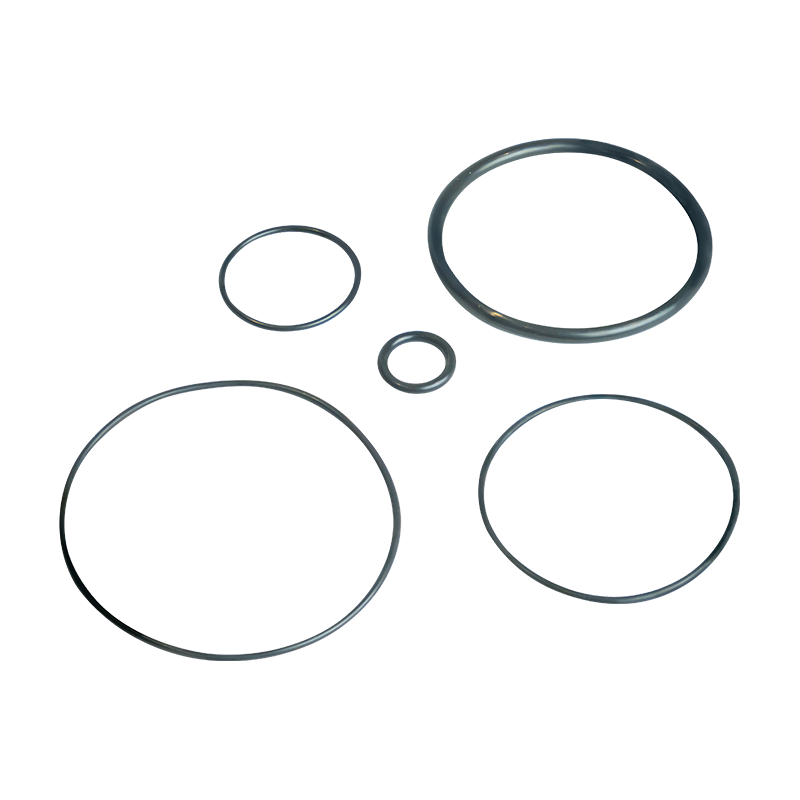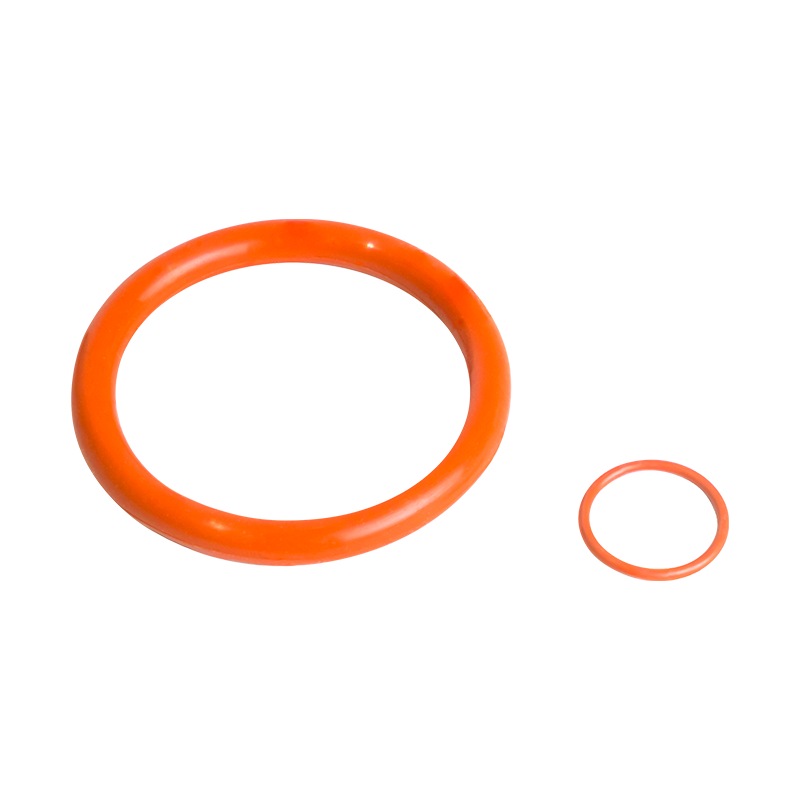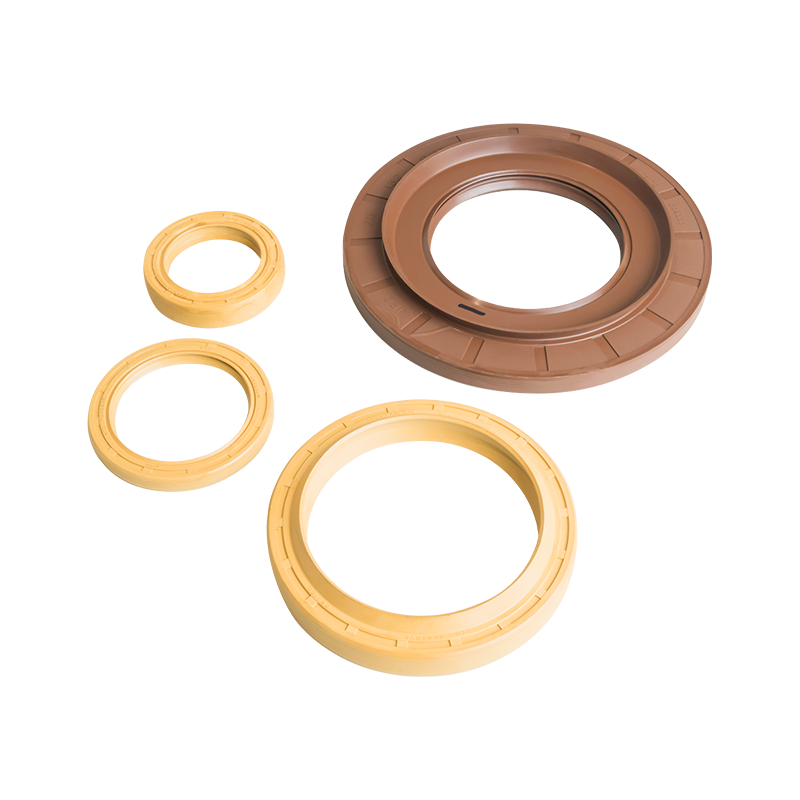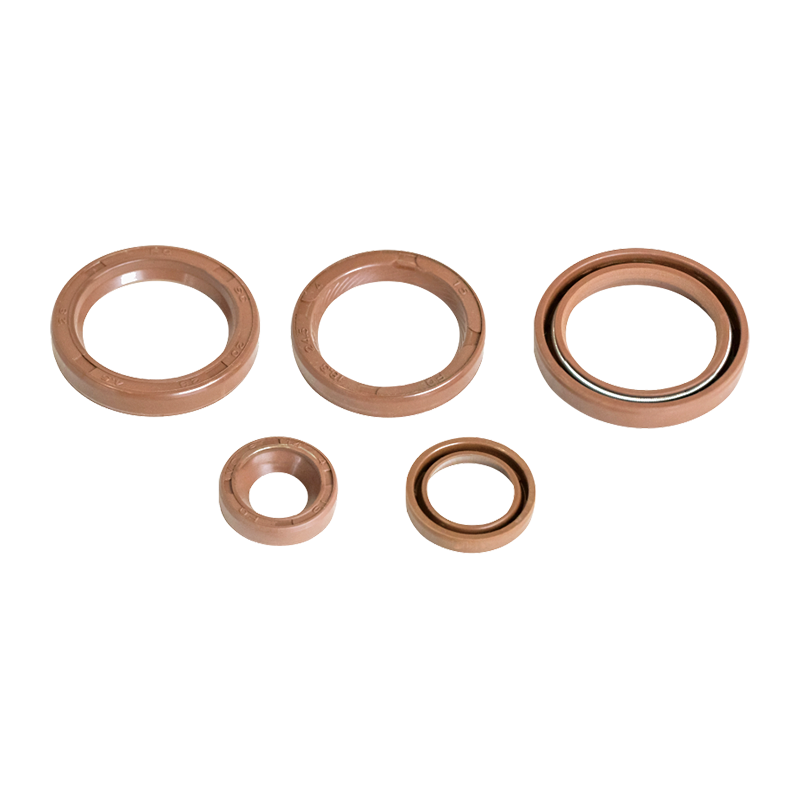How can I ensure the nbr mechanical seal rubber o-ring kit will fit my equipment correctly?
Ensuring that a nbr mechanical seal rubber o-ring kit fits your equipment correctly is a critical step for maintaining operational efficiency and preventing costly downtime. Improperly sized or incompatible O-rings can lead to leaks, mechanical failures, or premature wear, especially in industrial or high-pressure applications.
Understanding the nbr mechanical seal rubber o-ring kit
A nbr mechanical seal rubber o-ring kit is designed to provide a reliable sealing solution for various types of machinery and equipment. It typically consists of multiple O-rings and related components made from nitrile butadiene rubber (NBR), chosen for its resistance to oils, fuels, and certain chemicals.
Key features of the nbr mechanical seal rubber o-ring kit include:
- Chemical resistance: Effective in environments exposed to oils, lubricants, and some industrial chemicals.
- Durability: Maintains shape and elasticity under pressure and mechanical stress.
- Temperature tolerance: Suitable for moderate operating temperatures, which is essential for standard industrial applications.
Understanding these properties is crucial before determining whether a specific kit will fit and function properly in your equipment.
Importance of correct sizing
Correct sizing is the foundation of a successful seal. If the nbr mechanical seal rubber o-ring kit is too small, it may not create an adequate seal, causing leaks. If it is too large, it could be stretched beyond its limit, leading to material fatigue or premature failure.
Considerations for sizing include:
- Inner diameter (ID): Matches the shaft or bore of your equipment.
- Cross-section (thickness): Ensures adequate compression and sealing pressure.
- Outer diameter (OD): Must accommodate the space constraints of the sealing groove or housing.
Manufacturers often provide detailed sizing charts and part specifications, which can be cross-referenced with equipment manuals to confirm compatibility.
Checking equipment specifications
Before selecting a nbr mechanical seal rubber o-ring kit, review your equipment’s technical documentation. Important information to verify includes:
- Shaft or bore dimensions: Identify the diameter and tolerances.
- Groove dimensions: Depth, width, and profile of the groove where the O-ring will sit.
- Operating conditions: Pressure, temperature range, and exposure to chemicals or fluids.
By comparing these specifications with the O-ring kit details, you can determine whether the kit will provide an effective and durable seal.
Material compatibility and environmental considerations
While NBR is a versatile material, its performance depends on the environment in which it is used. The nbr mechanical seal rubber o-ring kit must be compatible with the fluids, gases, or chemicals present in your equipment.
Factors to evaluate include:
- Chemical exposure: NBR is resistant to oils and fuels but less suitable for strong acids or ketones.
- Temperature limits: Excessive heat can cause the O-ring to harden or lose elasticity.
- Mechanical wear: Consider friction and movement within the sealed area, as high-speed rotating equipment can accelerate wear.
Selecting a kit that aligns with these environmental factors ensures longer service life and reliable operation.
Installation and fit verification
Even a correctly sized nbr mechanical seal rubber o-ring kit can fail if installed improperly. Best practices for installation include:
- Clean surfaces: Remove debris, rust, and old sealant from grooves and shafts.
- Lubrication: Apply a compatible lubricant to reduce friction and prevent tearing during installation.
- Proper alignment: Ensure O-rings sit evenly in their grooves without twisting or stretching excessively.
- Compression check: Verify that the O-ring is compressed appropriately to create a seal but not over-compressed, which can reduce elasticity and cause leaks.
After installation, testing under operational conditions is recommended to confirm that the kit provides a leak-free and secure fit.
Troubleshooting common fitting issues
Even when specifications match, problems can occur. Common fitting issues with nbr mechanical seal rubber o-ring kit include:
- Leakage: Often caused by incorrect groove dimensions or insufficient compression.
- O-ring extrusion: Happens when the material is forced out of the groove under high pressure.
- Premature wear: Can result from chemical incompatibility or abrasive conditions.
Addressing these issues typically involves reviewing equipment tolerances, material selection, and installation methods. Adjustments may include selecting a different cross-section, changing groove dimensions, or applying protective coatings.
Industry applications and buyer considerations
nbr mechanical seal rubber o-ring kit is widely used across industries such as manufacturing, automotive, pumps, and hydraulics. Buyers should consider the following factors:
- Operational pressure: Kits must withstand expected working pressures.
- Fluid type: Ensure chemical compatibility with the working medium.
- Equipment lifecycle: High-quality kits reduce maintenance frequency and operational downtime.
- Availability of replacement kits: Consider kits with standardized sizes for easier future replacements.
Highlighting these considerations helps buyers make informed decisions and ensures that the kit functions reliably throughout its service life.
Conclusion
Ensuring that a nbr mechanical seal rubber o-ring kit fits your equipment correctly requires careful attention to sizing, material compatibility, environmental conditions, and proper installation techniques. By reviewing equipment specifications, considering operational factors, and following best practices, buyers can achieve optimal sealing performance and extend the service life of both the O-ring kit and the equipment it protects.
Using these guidelines, you can confidently select and install a nbr mechanical seal rubber o-ring kit that meets your operational requirements, minimizes risk of leaks, and maintains system efficiency.
Sray up to date with allour recent products
- Address: No. 6 Yangsha Road, Chengbei Industrial Park, Huilong Town, Qidong City, Jiangsu Province China
- Phone: +86-13906283641+86-18934546679
- Fax: +86-0513-83698022
- Email: [email protected]




 English
English русский
русский 中文简体
中文简体







